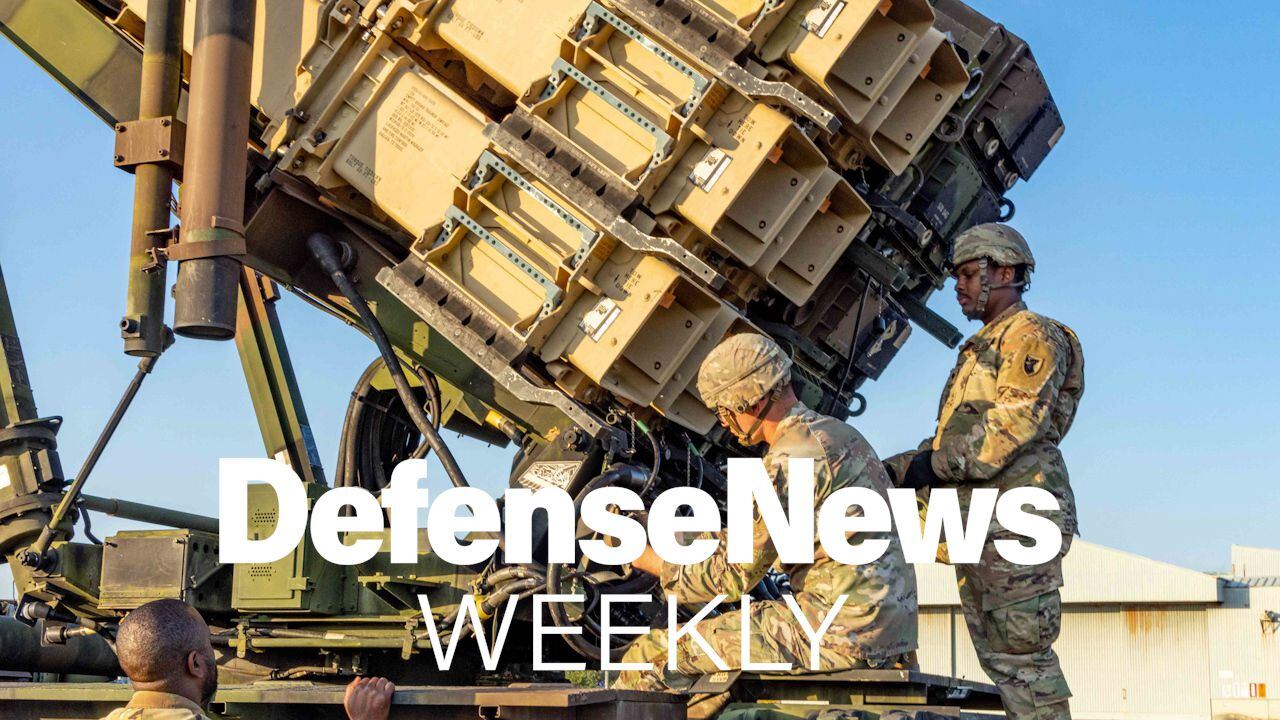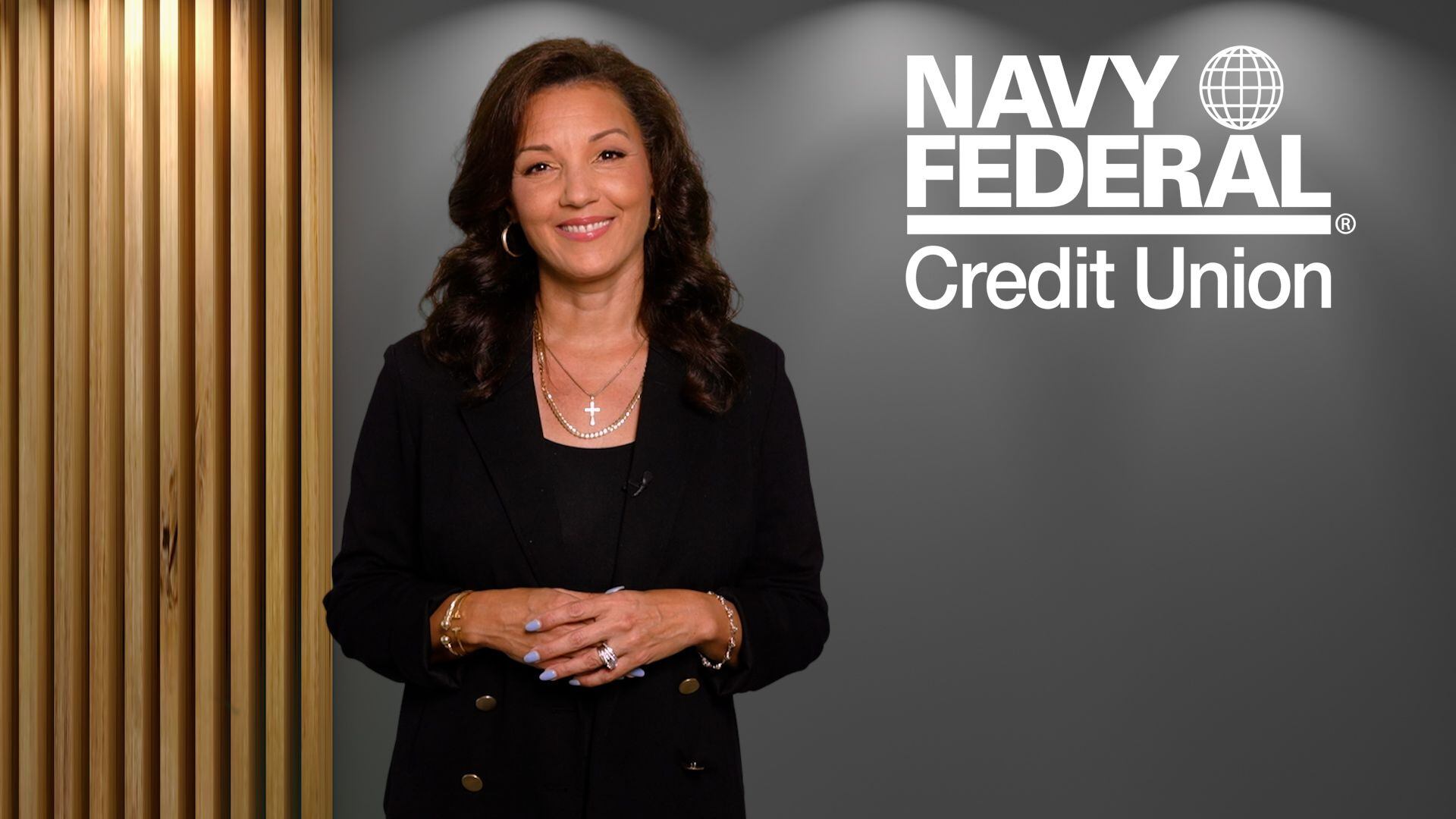MELBOURNE, Australia — Australia is tipped to announce the winner of a competitive evaluation process (CEP) to design the country’s future submarine, following a series of announcements last week about its naval surface combatant shipbuilding policy.
However, the timing of the announcement that frigates, offshore patrol vessels (OPV), patrol boats and possibly submarines will be manufactured in shipyards in South Australia and Western Australia is regarded by political observers as a strategy to shore up marginal seats prior to a federal election due this year.
The government will deliver its budget on May 3, and Prime Minister Malcolm Turnbull is expected to call a federal election shortly thereafter, with most observers predicting a July 2 poll date. If an election is called, the government will enter a caretaker period, which means no major acquisition decisions can be made until the next administration is sworn in.
On April 18, Defence Minister Marise Payne, a member of the Liberal Party who resides in the Senate chamber, announced that proposals from BAE Systems, Fincantieri and Navantia had been shortlisted for the country's Sea 5000 program to build nine new frigates for the Royal Australian Navy.
The projects vying for the $35 billion (US $27 billion) project are: BAE Systems' Global Combat Ship, based on the Type 26 frigate; Fincantieri's anti-submarine warfare FREMM (Fregata Europea Multi-Missione); and a redesigned version of Navantia's Álvaro de Bazán (F100) class vessel.
It's expected the ships will be built in Adelaide, South Australia, and first steel will be cut in 2020. Australia has mandated that the winning design is fitted with phased array radar systems being developed by Australia's CEA Technologies.
The shortlist marks First Pass approval, the first major milestone in Australia's two-gate project acquisition process. Payne said the program was on track for Second Pass approval in 2018.
DCNS of France, with an ASW-optimized version of the French Navy FREMM (Frégate européenne multi-mission), and TKMS, with a version of the F125 frigate currently under construction for the German Navy (MEKO A-400 RAN), have been eliminated from the CEP.
Details of the frigate program formed part of a larger announcement made by Payne, which provided details of the Turnbull administration's $89 billion continuous naval surface vessel shipbuilding strategy previously announced last August.
Australia is also seeking to build twelve OPVs. Payne revealed that Damen of the Netherlands, together with two German ship designers, Fassmer and Lürsssen, have been shortlisted for the project. The three companies will now refine their respective proposals in conjunction with the commonwealth, with a view to constructing the vessels in Australian shipyards.
The $3 billion OPV program, known as Project Sea 1180, has also gained First Pass approval, and construction is due to begin in Adelaide in 2018, before being transferred to Western Australia in 2020, when construction of the first of the Sea 5000 frigates gets underway in South Australia.
Payne also announced that Australian shipbuilder Austal has been selected to build and maintain up to 21 steel-hulled vessels for the government's Pacific Patrol Boat initiative, which will be gifted to South Pacific nations to replace older vessels.
Combined First and Second Pass Approval for the $500 million program will see the vessels built at Austal's facility at Henderson in Western Australia. The company, under a sustainment contract further valued at around $400 million, intends to support the Pacific Patrol Boats — including deep maintenance — from Cairns in northern Queensland.
"These three projects will ensure Australia retains a sovereign capability to build and sustain its naval vessels. Together they represent close to $40 billion worth of investment in Australia's future naval capabilities and our shipbuilding industry," Payne said. "They will directly secure more than 2,500 jobs for decades to come. They will also generate thousands of additional jobs with suppliers."
Australian naval shipbuilders have been facing a so-called valley of death between the completion of current projects, such as the three air warfare destroyers — being consolidated at defense shipbuilding organization ASC’s facility in Adelaide — and future programs.
The Turnbull administration has been criticized for its decision to award a $1-2 billion contract to build two large underway replenishment vessels to Spanish shipbuilder Navantia, despite announcing a limited tender in 2014 because Australian yards were unable to build the ships in the time frame desired by the Royal Australian Navy.
This latest plan has again drawn criticism from the opposition Labor Party, which has accused the Turnbull government of trying to shore up seats in South Australia.
"So rushed was this announcement that neither Mr. Turnbull or Senator Payne could answer basic questions such as how many offshore patrol vessels would be built in Adelaide," the Shadow Minister for Defence Stephen Conroy and Shadow Assistant Minister for Defence David Feeney said in a joint statement April 18. "Nor would they confirm there is a contractual requirement for the offshore patrol vessel build to shift to Western Australia in 2020."
The plan has also been criticized by some government members because of its focus on South Australian and Western Australian shipyards, to the detriment of yards in New South Wales, Queensland and Victoria.
"I expressed my anger and disappointment at the process of the announcement, as it was not acceptable, and this was acknowledged by Minister Payne," Warren Entsch, a member of Parliament for Leichardt in north Queensland, said after the local Cairns-based consortium led by TeeKay Shipping (Australia) was eliminated from the Pacific Patrol Boat program.
"I still have concerns with elements of the process but I have a better understanding from the information presented to me as to why the Cairns consortium's bid may not have been considered as price-competitive. I have undertaken not to share this information until the contract is finalized in several weeks' time, after which I will certainly be making further comment," he said.

Japanese sailors walk past Japanese and Australian naval flags flying on the Japanese Asagiri-class destroyer, JDS Umigiri, docked in Sydney, Australia, on April 15.
Photo Credit: Peter Parks/AFP via Getty Images
The $50 billion future submarine, to be delivered by Project Sea 1000, is shaping up to be an even bigger challenge for the Turnbull government. Recent media reports that the Japanese contender has been effectively eliminated because of increased levels of risk are threatening to trigger a diplomatic incident between the two countries.
Up to 12 large conventional submarines will be acquired under the program. In February 2015, the Australian government selected France's DCNS, TKMS of Germany and the government of Japan to participate in a CEP.
Each contender is required to submit three strategies for construction, including full completion in their home shipyards, a hybrid build, where initial boats are built in the home yard and the remainder in Australia, and a complete build in an Australian shipyard.
DCNS is proposing a conventionally powered derivative of its nuclear Barracuda submarine; TKMS is bidding a scaled up development of its HDW Type 216; and the Japanese government, in partnership with Mitsubishi Heavy Industries and Kawasaki Shipbuilding, is dealing directly with the Australian Defence Department's Capability Acquisition and Sustainment Group (CASG) with a design based on the Japanese Navy's Soryu-class boat.
The Japanese bid has been criticised in Australian media for alleged design shortcomings, which, together with the perception of an increased risk to Australia's regional interests resulting from a close defense relationship with Tokyo, has brought an unprecedented response from the Japanese Embassy in Canberra.
In a paper that systematically refuted the alleged technical deficiencies, embassy Counsellor Masanori Kegoya pointed to the strengthening ties between the two countries.
"Very recently an argument has emerged in Australia suggesting that although Japan's bid has emphasised its strategic advantages, there in as inordinate risk that deepening defence and security co-operation with Japan would narrow Australia's strategic flexibility and pose strategic risk to Australia," Kegoya said April 19.
"As has been the case for many years now, Japan and Australia have been deepening our security and defence co-operation based on our past 2+2 discussions and agreements. The recent Defence White Paper of the Australian Government also endorsed the strengthening of security and defence co-operation between Japan and Australia.
"Our participation in the CEP for the Future Submarine program is just one part of a much wider and more diverse story."
Nigel Pittaway is the Australia correspondent for Defense News.








